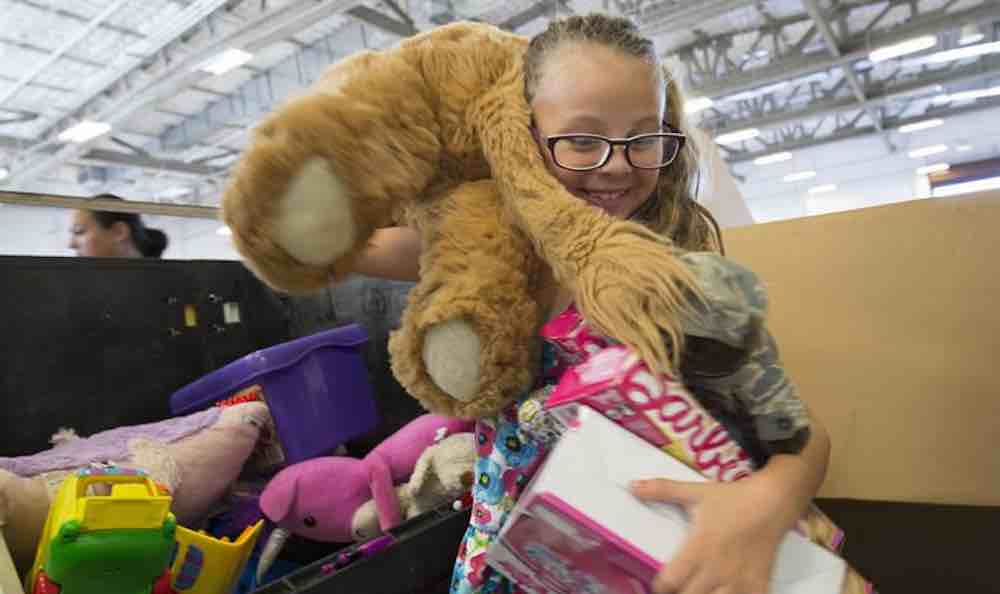This week marks the 10th anniversary of a landmark piece of American legislation that has saved countless children from hazards such as lead paint, while cutting the rate of nursery and crib deaths significantly.
The 2008 Consumer Product Safety Information Act (CPSIA) passed through the Senate and House with overwhelming bipartisan support in response to record numbers of product recalls issued for safety hazards. From the much publicized lead paint levels in children’s toys, to hazardous chemicals, faulty cribs, tiny magnets, and more, such recalls—including one of over 25 million toys—spurred Congress to take action in order to ensure the safety of America’s children.
After the CPSC restricted the amount of lead or lead paint in products meant for children, violations dropped dramatically. In 2007, more than one hundred products were recalled for containing lead—10 years later there was only one.
The law gave the Consumer Product Safety Commission (CPSC) an important tool in the form of an independent regulatory agency to reform the industry. This allowed the Commission to take much harsher legal action to deter violators and reprimand lawbreakers with civil penalties in response to code-violations and negligence.
RELATED: France Just Banned Smartphone Use in Schools
Other benefits we as consumers owe to the CPSIA include:
- A flat, industry-wide safety code and manufacturing standards for toys.
- A mandatory compliance requirement on third-party testing of any product.
- A ban on eight varieties of phthalates – a chemical used to soften plastic, but which also acts as an endocrine disrupter and has been linked with breast cancer, developmental issues, decreased fertility, and asthma.
- A consumer-based incident database, www.safeproducts.gov where the CPSC can monitor trends in various products.
- For nursery products such as cribs, stringent mandatory standards were established regarding the rigidity, strength, and safety testing of the products, which also includes high chairs, strollers, beds, play yards, swings, carriers, and cradles.
Between 2006 to 2008 and 2012 to 2014, the percentage of deaths associated with cribs that were attributable to crib integrity (vs. hazardous crib surroundings) had decreased from 32 percent to 10 percent.
The law also added nursery product registration cards, allowing for, if necessary, rapid targeting during recalls following a malfunction or incident.
MORE: Two US States Have Become the First to Require Mental Health Education in School
“The CPSIA represents the most significant strengthening of product safety laws since the U.S. Consumer Product Safety Commission (CPSC) was created,” stated Rachel Weintraub, Legislative Director and general counsel at Consumer Federation of America.
Today, thanks to the passage of CPSIA, most hazards are caught long before they reach store shelves, allowing American consumers to rest easier, assured that the toys and other goods in their homes are most likely safe.
Keep Your Friends Safe From Negativity And Share The Good News – Representative photo by U.S. Air-Force / Osakabe Yasuo, CC




















